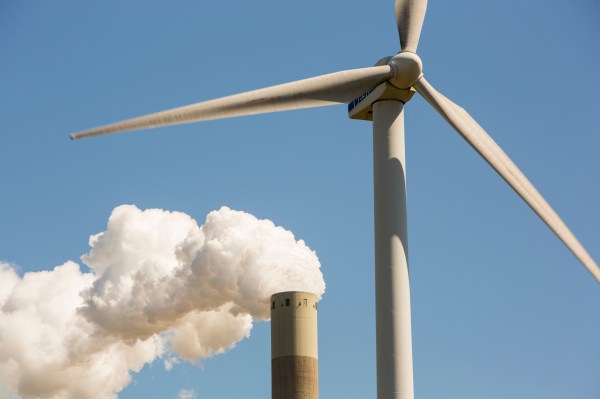This past weekend, the world’s nations wrapped a meeting where they tried to figure out how to deal with climate change. It was the 27th time they’ve done it in as many years. Think about that. We’ve been at this for nearly three decades, and we’re still burning more fossil fuels than ever before.
COP27, as the meeting is known, didn’t start auspiciously — though to be honest, these things are always fraught affairs. Nearly everyone involved is trying to wean the world off carbon, but that doesn’t mean they agree on how to get there. Wealthy nations, having already burned a bunch of fossil fuels, haven’t been keen to pay for it. Poorer countries, who aren’t responsible for much warming at all, just want cheap energy so their people don’t have to live in poverty. Given that cheap energy often comes from the most polluting sources, both camps are usually at loggerheads.
That’s why not many people had high hopes for this Conference of the Parties of the United Nations Framework Convention on Climate Change (COP). That pessimism was partially validated by the fact that COP27 did nothing to rein in runaway carbon pollution.
But it wasn’t all a waste of time and effort. Something beneficial and substantial did emerge: a deal to provide financial support for poorer countries that are most vulnerable to climate change — countries like Bangladesh and the Marshall Islands, which are threatened by rising sea levels, and Pakistan, which suffered record flooding in September.
Poorer countries have been pushing for a loss-and-damage fund for over 30 years, and it appears like they’ll be getting one at last.
The “loss and damage” fund, which was announced yesterday, is still just a skeleton. Countries have another year to work out the details, but here’s the gist: Money will flow from rich countries to “particularly vulnerable” ones to help them mitigate and adapt to a climate that’s increasingly hostile to them.
The modifier “particularly vulnerable” was key to the deal. Wealthy nations didn’t want the fund to benefit those that are doing just fine but are still considered developing under the UN framework — most notably China, which has the world’s second-largest economy, and is building coal plants like there’s no tomorrow. (Remember, it’s taken the world nearly 30 years to get to this point in the negotiations, and China and a handful of other countries have come a long way in that time.)
It’s also important to note that the loss-and-damage fund is not a reparations fund. John Kerry, the U.S. climate envoy, emphasized that point. Reparations could open up rich countries to legal liability, which has been a non-starter in negotiations. It also doesn’t make wealthy governments solely responsible, meaning that banks and other financial institutions could provide funding that counts toward the total, which is yet to be specified. The destination is similarly hazy, but it’s not unrealistic to imagine it encompassing public and private projects.
Kerry’s proposed cap-and-trade scheme makes more sense with that detail. With this scheme, developing countries would earn carbon credits when they take steps to decarbonize their electricity supplies, such as building wind farms to replace coal-fired power plants. The countries could then sell those credits to polluting companies. Theoretically, the proceeds could fuel further decarbonization and development.
The scheme is really just a rough outline at this point — even rougher than the loss-and-damage fund just agreed to at COP27. Its feasibility will depend heavily on the details. But if it gains support, it could spur a significant transfer of money from wealthy economies to poorer ones. It could even go beyond the usual forms of aid, whether that’s government grants or World Bank loans.
Polluters like Exxon might decide it’s worth buying carbon credits to polish their image. Others might have a decarbonization plan in the works but need more time to push them over the line. Credits bought from developing countries would be a reasonable way to remove the carbon debt from their books. In other cases, investors might see an opportunity to help fund renewable energy projects in exchange for a portion of proceeds from sales of the carbon credits.
Under the new loss-and-damage fund, it’s possible that all of those transfers would count toward the total. It’s also possible they won’t — we won’t know until the program’s details are hashed out over the coming year — but expect Kerry to be pushing for them.
Poorer countries have been pushing for a loss-and-damage fund for over 30 years, and it appears like they’ll be getting one at last. While it’ll take years for vulnerable countries to realize the benefits, the fund has accomplished another goal in the meantime: It’s building trust between two parties that don’t usually see eye to eye. Even if COP27 didn’t produce a deal this year to set firmer decarbonization targets, it at least accomplished something.
What’s more, the fund, coupled with recent deals to decarbonize middle-income countries such as Indonesia and South Africa, appears to be cementing decarbonization’s role as the key diplomatic tool of the 21st Century. Imagine countries competing for diplomatic favor by offering ever larger decarbonization deals. COPs are traditionally about setting targets, and COP27 finally gives countries a tool to achieve them.
